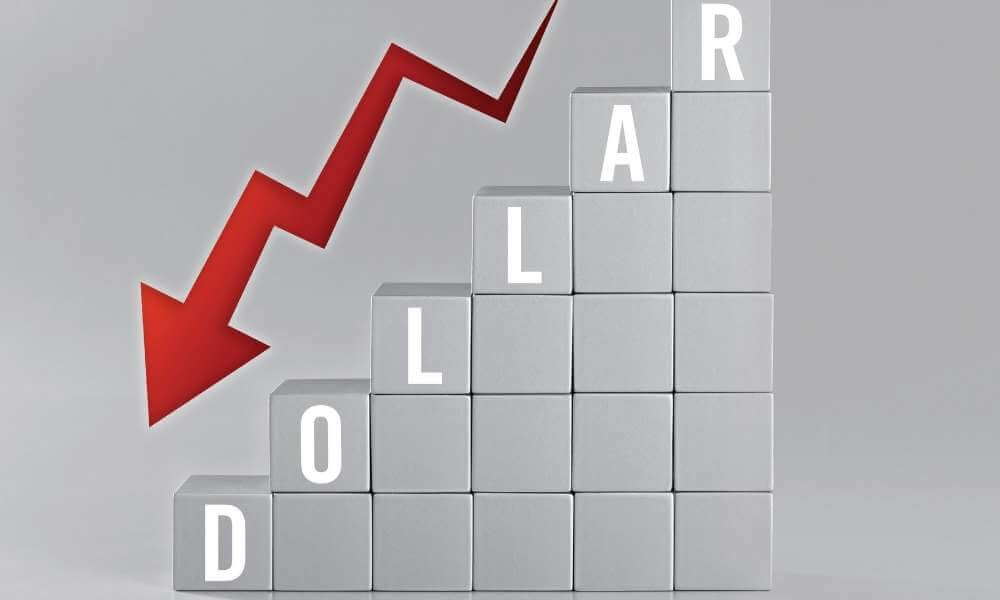
(Investing.com) – The dollar was down on Wednesday morning in Asia, while the euro took a breather.
Commodity currencies also fell from recent highs, as investors calculate that sky-high energy, grains, and metals prices could decrease demand in the long run.
The U.S. Dollar Index that tracks the greenback against a basket of other currencies inched down 0.05% to 99.035 by 10:36 PM ET (3:36 AM GMT), just below a 22-month high.
The USD/JPY pair edged up 0.15% to 115.84. Japan’s GDP grew 1.1% quarter-on-quarter and 4.6% year-on-year in the fourth quarter of 2021.
The AUD/USD pair edged up 0.15% to 0.7277, with Australia’s Westpac consumer sentiment contracting 4.2% in March. The NZD/USD pair inched up 0.10% to 0.6811.
The USD/CNY pair inched down 0.03% to 6.3168. Chinese data released earlier in the day showed that the consumer price index (CPI) grew 0.6% month-on-month and 0.9% year-on-year in February 2022. The producer price index grew 8.8% year on year.
The GBP/USD pair inched up 0.08% to 1.3114.
The euro steadied in early trade, recovering from a 22-month low of $1.0806 hit on Monday to trade at the $1.0898 mark. News that the European Union was reportedly discussing joint bond issuance also gave the single currency a boost.
Although any issuance could herald stimulus measures and an eventual fiscal union, not many details were provided.
Some investors also warned that the euro is unlikely to rise much while the Russian invasion of Ukraine continues.
"Our near-term pessimism is driven by a view that investor fears that the war could extend beyond Ukraine's borders will not dissipate quickly,” Standard Chartered global head of G10 FX research Stephen Englander told Reuters.
The euro will fall to $1.06 by the end of the quarter before slowing creeping toward $1.14 by year's end if some kind of agreement to contain fighting is reached but would probably fall below parity if the war were to spread, he added.
Investors now look to the European Central Bank’s latest policy decision, due on Thursday.
The possibility of stagflation means that bets on the central bank delaying interest rate hikes until later in 2022 are growing.
The recent move towards commodity currencies as rising export prices boost terms of trade also appears to be slowing down.
Increasing raw material costs are also acting as a tax on consumers and are hindering economic growth.
The Australian dollar steadied and is about 2% below Monday's four-month high of $0.7440.
"Market participants may switch their view from 'buy Australian dollars because commodity prices are high' to 'sell Australian dollars because very high commodity prices will cause demand destruction,'" Commonwealth Bank Of Australia strategist Carol Kong told Reuters.
"It is still possible AUD/USD tests $0.7000 before the impact of the war subsides."
Russia's onshore currency market is expected to open for the first time this week later in the day.
The rouble, alongside other Russian assets, has taken a hit since the invasion of Ukraine on Feb. 24.